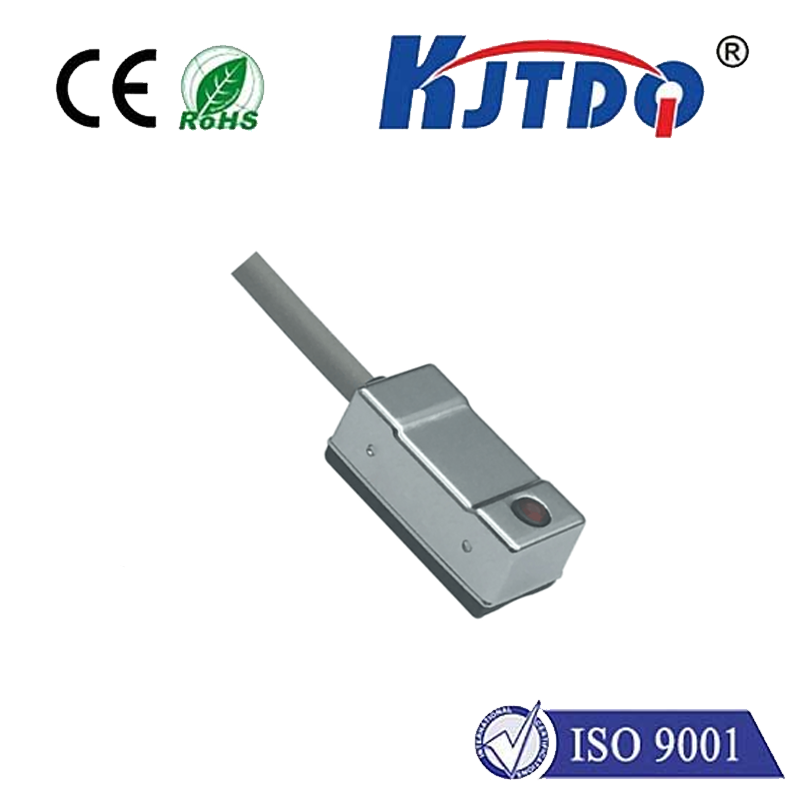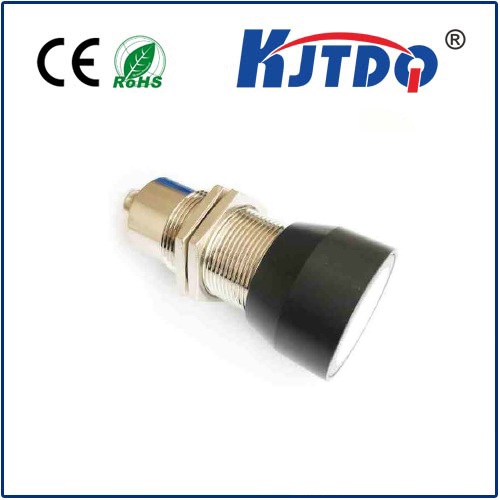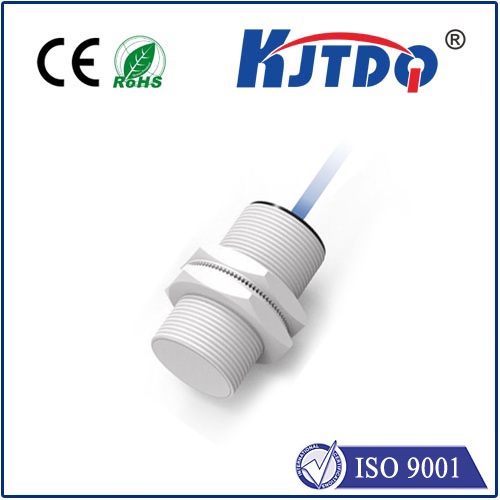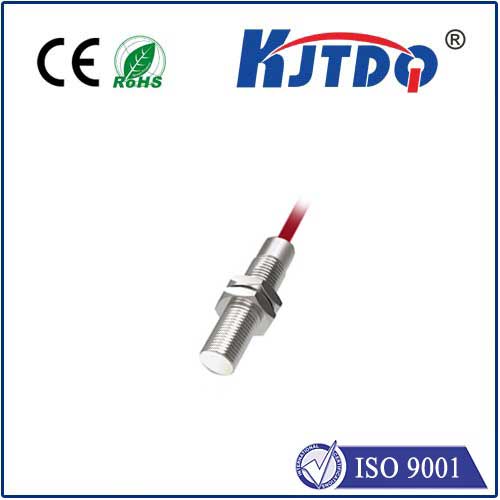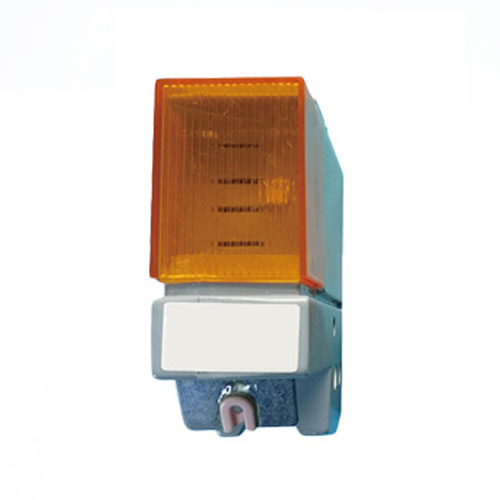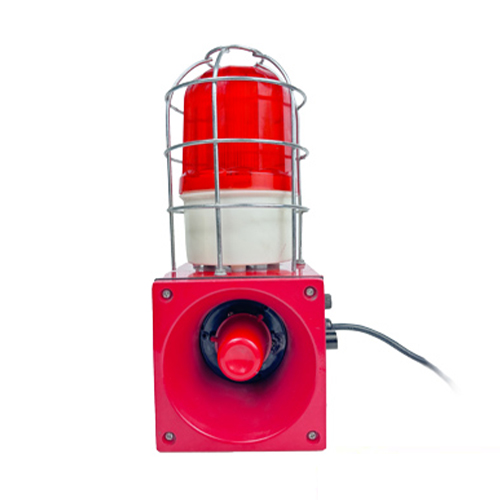raspberry proximity sensor
- time:2025-07-16 08:39:22
- Click:0
Raspberry Pi Proximity Sensors: Your Gateway to Smarter Detection Projects
Imagine your garage door automatically opening as you approach, a security camera activating only when someone’s near, or a plant monitor watering itself when you check its soil. These scenarios aren’t science fiction; they’re achievable realities using the humble Raspberry Pi paired with the right proximity sensor. Combining the Pi’s computational power with sensors that detect nearby objects opens a world of possibilities for DIY enthusiasts, makers, and innovators.
At its core, a proximity sensor detects the presence, absence, or distance of an object without physical contact. When integrated with a Raspberry Pi, these sensors transform the tiny computer into the brain of interactive, responsive systems. Whether you’re building a robot that avoids obstacles, a touchless hand sanitizer dispenser, or an automated inventory tracker, understanding this pairing is fundamental.
Why Raspberry Pi for Proximity Sensing?
While microcontrollers can handle basic sensing tasks, the Raspberry Pi offers distinct advantages:
- Processing Power: Complex logic, data logging, image processing (when combined with a camera), or network communication (sending alerts, updating dashboards) are handled effortlessly.
- Ease of Programming: Writing scripts in Python (the most common language for Raspberry Pi GPIO control) is accessible to beginners yet powerful for advanced users.
- Connectivity: Built-in Ethernet, Wi-Fi, and Bluetooth allow proximity sensor data to trigger actions anywhere on your network or online (e.g., posting to a cloud service, sending an email/SMS alert).
- Versatility: Support for numerous sensor types and easy integration with other components (displays, motors, relays) makes the Pi a central hub for multifaceted projects.
Common Proximity Sensor Types for Raspberry Pi
Two sensor families dominate Raspberry Pi proximity detection due to their affordability, availability, and ease of interfacing:
- Infrared (IR) Proximity Sensors (e.g., HC-SR501 PIR Sensor):
- Principle: Detect changes in infrared radiation emitted by warm bodies (like humans or animals). Ideal for motion detection rather than precise distance measurement.
- Pros: Simple to use (often just 3 pins: VCC, GND, OUT), low power consumption, effective for human presence detection over moderate distances (up to ~7 meters). Great for security alarms, automatic lighting, or occupancy detection.
- Cons: Doesn’t detect stationary objects well, can be triggered by heat sources (radiators, pets), susceptible to environmental IR noise. Detection is motion-based, not static presence.
- How it Works: The sensor outputs a digital high signal (usually 3.3V) when motion is detected within its field of view and sensitivity range.
- Ultrasonic Distance Sensors (e.g., HC-SR04, JSN-SR04T):
- Principle: Emit high-frequency sound waves and measure the time it takes for the echo to return. Calculate distance using the speed of sound. True distance measurement.
- Pros: Relatively accurate distance readings (typically a few mm to several meters), detects most solid objects regardless of material or temperature (unless highly sound-absorbent), cost-effective.
- Cons: Requires more complex timing logic (using
time module in Python), sound waves can be deflected by soft surfaces or affected by environmental noise, beam pattern has some spread.
- How it Works: Has Trigger (input) and Echo (output) pins. The Pi sends a short pulse to the Trigger pin. The sensor then emits ultrasound and raises its Echo pin high. The Pi measures how long Echo stays high, then calculates
distance = (time * speed_of_sound) / 2.
Building Your First Raspberry Pi Proximity Sensor Project (Ultrasonic Example - HC-SR04)
Let’s build a simple distance monitor using the ubiquitous HC-SR04.
Components Needed:
- Raspberry Pi (any model with GPIO pins)
- HC-SR04 Ultrasonic Sensor
- Breadboard
- Jumper wires (Male-to-Female recommended)
- Optional: 1kΩ & 2kΩ resistors (strictly needed for 5V-tolerant Pi models like 4B/5, but often omitted in simple setups with PureIO libraries)
Wiring (Using GPIOZero library which often handles voltage logic safely):
- Connect HC-SR04 VCC to Raspberry Pi 5V (Pin 2).
- Connect HC-SR04 GND to Raspberry Pi GND (Pin 6).
- Connect HC-SR04 Trig to any free GPIO pin (e.g., GPIO17 = Pin 11).
- Connect HC-SR04 Echo to another free GPIO pin (e.g., GPIO27 = Pin 13).
(For maximum safety on 5V-tolerant Pi models or when using lower-level libraries, use a voltage divider on the Echo pin: Echo -> 1kΩ resistor -> GPIO27; Junction of 1kΩ and 2kΩ resistor (connecting the other end of the 2kΩ to GND) -> GPIO27). The GPIOZero library often manages this internally when configured correctly.
Software (Python using GPIOZero):
from gpiozero import DistanceSensor
from time import sleep
# Initialize sensor: set echo and trigger pins; adjust max_distance (cm) as needed
ultrasonic = DistanceSensor(echo=27, trigger=17, max_distance=2.0) # max_distance helps smooth readings
try:
while True:
distance_cm = ultrasonic.distance * 100 # Convert meters to centimeters
print(f"Distance: {distance_cm:.2f} cm") # Format to 2 decimal places
sleep(0.5) # Short delay between readings
except KeyboardInterrupt:
print("Program stopped by user!")
ultrasonic.close()
Explanation:
- Import the
DistanceSensor class from gpiozero and sleep.
- Create an
ultrasonic sensor object, specifying the Echo (27) and Trigger (17) GPIO pins. The max_distance parameter helps filter noisy readings.
- The main loop continuously:
- Reads the distance (initially in meters).
- Converts it to centimeters.
- Prints the formatted distance.
- Waits half a second.
- Exits cleanly on
Ctrl+C.
Expanding Your Horizons: Project Ideas
The simple distance monitor is just the beginning. Here are ways to leverage your Raspberry Pi proximity sensor setup:
- Smart Parking Assistant: Mount ultrasonic sensors on a garage wall. Have the Pi display distance to an object (your car bumper) on an LCD screen or use colored LEDs (Green/Yellow/Red) to guide parking.
- Touchless Interactive Display: Use an IR sensor as a “wave detector”. Detect a hand wave over the sensor to trigger a slideshow change on a monitor, play a sound clip, or light an LED. Ideal for information kiosks or art installations.
- Obstacle-Avoiding Robot: Attach ultrasonic sensors (left, front, right) to a Raspberry Pi-powered robot car. Program the robot to stop, back up, and turn when an object gets too close. Crucial for autonomous navigation.
- Smart Pet Feeder/Door: Use an IR sensor to detect your pet approaching. Trigger a servo motor to











